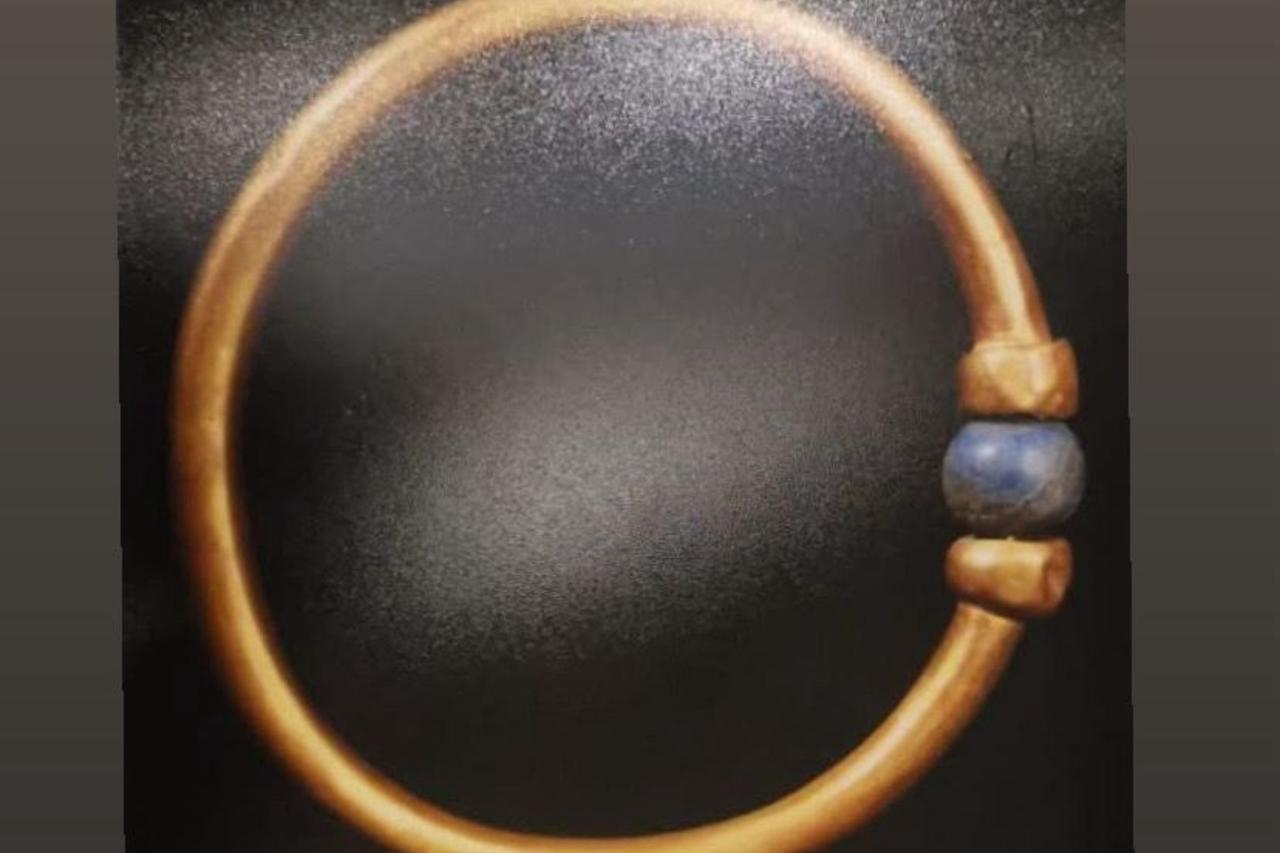
A rare royal gold bracelet disappeared from the Egyptian Museum in Tahrir, sparking widespread debate within Egypt’s cultural circles in recent hours.
The piece is one of the rarest artifacts, dating back to a king of the Twenty-First Dynasty.
The missing bracelet was discovered while preparing the artifacts for the “Treasures of the Pharaohs” exhibition in Rome, set to open on Oct. 24 and run until May 3 next year. The exhibition will feature 130 rare pieces highlighting the richness of ancient Egyptian civilization.
The missing bracelet is more than a mere gold artifact; it represents a symbol of royalty. The 21st Dynasty was distinguished for its possession of rare gold treasures, rendering this bracelet a significant element of Egypt’s cultural heritage and historical identity.
Meanwhile, the director general of the Egyptian Museum in Tahrir confirmed that the images circulating on some news websites and social media platforms do not depict the missing bracelet, emphasizing that the bracelets shown in those photos are indeed on display in the museum’s second-floor galleries.
He clarified that the item under investigation is entirely different, describing it as a gold bracelet adorned with spherical lapis lazuli beads, part of King Amenemope’s collection from the Third Intermediate Period.
The Egyptian Ministry of Tourism and Antiquities issued an official statement emphasizing that its officials have taken all necessary legal measures and informed all relevant authorities to take the appropriate actions as soon as they became aware of the incident.
The ministry explained in its statement that the announcement of the incident was postponed to ensure an appropriate environment for the investigation to proceed smoothly.
Zahi Hawass, archaeologist and former minister of tourism and antiquities of Egypt, clarified to an Egyptian news outlet that the stolen item was the smallest of the king’s bracelets, part of a set of four.
He added that thefts of antiquities occur worldwide, not only at the Egyptian Museum in Tahrir, citing the theft of 2,000 artifacts from the British Museum last year as a notable example.
Hawass also emphasized the importance of awaiting the results of the public prosecutor’s investigation to determine the facts and circumstances surrounding the disappearance or theft of the smallest bracelet of King Sesostris.
King Sesostris, who dates back to the 21st Dynasty, ruled Egypt from Tanis in the Sharqia Governorate. He played a key historical role in protecting Egypt’s borders and defending against external attacks.
Sesostris is also famous for his remarkable treasures, most of which were made of silver and were discovered by the French archaeologist Pierre Montet in 1940.